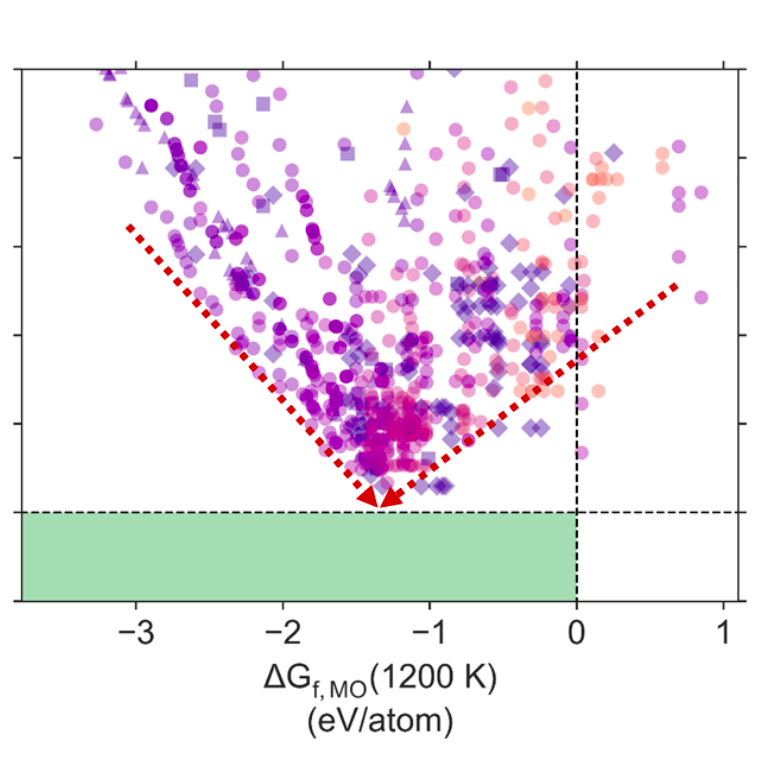I wrote recently about two pathways for ammonia production technology development: improvements on Haber-Bosch, or electrochemical synthesis. Last week, I covered some of these Haber-Bosch improvements; next week, I'll write about electrochemical processes. This week, I want to write about some innovations that don't fit this two-way categorization: they don't use electrochemistry and they don't build upon the Haber-Bosch process, and that might be the only thing that links them.
Content Related to Kansas State University
Presentation
Nitride-Based Step Catalysis for Ammonia Synthesis at Atmospheric Pressure
Formation of metal nitrides to activate dinitrogen is one avenue to ammonia and other nitrogen compounds. Attractive aspects are operation at atmospheric pressure and moderate temperatures, formation of stable chemical intermediates rather than reliance on somewhat sensitive heterogeneous catalysis, and inexpensive materials. If a single metal is used, however, one encounters tradeoffs somewhat akin to the well-known tradeoffs for Haber-Bosch catalysts. Results will be presented for metal nitride-based ammonia synthesis, and new metal alloys that can address some of the tradeoffs between affinity for nitrogen, and formation of ammonia when hydrogen is added. Options using water instead of hydrogen will…
Article
US DOE funding research into sustainable ammonia synthesis
Trevor Brown January 27, 2017
The US Department of Energy (DOE) is currently supporting six fundamental research projects that will develop "novel catalysts and mechanisms for nitrogen activation," which it hopes will lead to future sustainable ammonia synthesis technologies. These projects, announced in August 2016 and administered by the Office of Basic Energy Sciences, aim "to investigate some of the outstanding scientific questions in the synthesis of ammonia (NH3) from nitrogen (N2) using processes that do not generate greenhouse gases."


